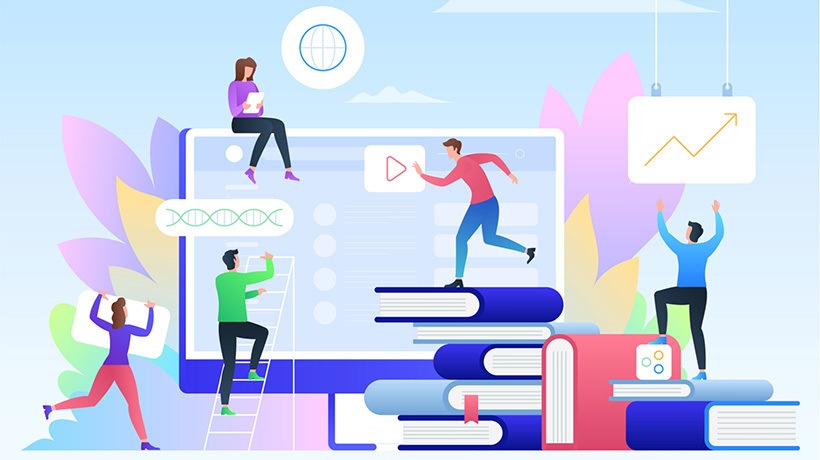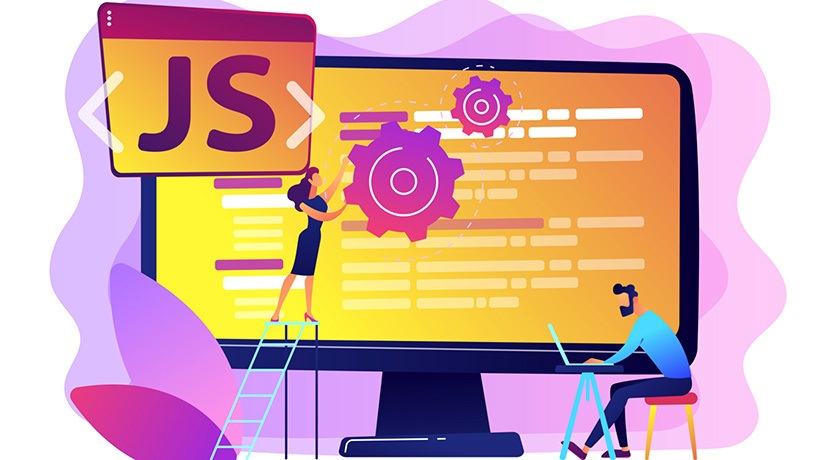Introducing The Modern Digital Learning Designer
Today's workplace development exists at any time and place, and on any device. With the likelihood of a Google-powered search, it's important to have searchable, easily accessible content.
Learning and development rules have changed, expanding learning content curation beyond experts to everyone. However, does it change Instructional Design's role? Discover what it takes to thrive as a learning designer in digital learning.
Is The Role Of The Instructional Designer "Dead"?
The 2016 Learning Technologies Conference pointed out the controversial topic of the Instructional Designer's role -- a currently debatable topic. The term "Instructional Designer" reflects a complicated, transactional process versus the phrase "digital learning designer," which better reflects the current learning interactions' spectrum (eLearning is debated in Elucidat's annual trend report). The shift towards embracing digital learning design is vital to filling the void of the Instructional Designer because of what is done.
Foundations Of A Great Learning Designer
Transform the unbalanced mixture of blended and online learning content by using solid standards and possessing skills of a great learning designer, including:
- Honing in on the right gaps or issues.
- Testing out concepts prior to a full launch.
- Designing active learning.
- Making genuinely useful content to motivate your learners.
- Extracting and filtering helpful content via content expert collaboration.
- Using tech wisely.
- Understanding and knowing your audience.
- Designing intuitive interfaces.
- Structuring content by prioritizing, arranging and nesting it.
- Writing engaging but brief copy and crafting stories.
- Visually communicating ideas.
5 Traits Of A Modern Digital Learning Designer
Skill building is essential for thriving in the ever-evolving workplace learning landscape. Here's how:
1. Go For Performance Support Or Experience
Enhance performance by embracing the concept of establishing, producing and/or curating authentically useful performance support resources when learners need it, which can constitute over 50% of workplace learning. Make them super-focused, too with these tips.
For content that requires long-term personal development, focus on memorable, habit-forming experiences. Experiences help your learners grow their capabilities. Produce effective experience design focused on action-driving techniques, like this Nick Shackleton-Jones' example.
2. Personalize Everything

Using a modern authoring tool simplifies creating adaptive, digital learning customized experiences. Create performance-driven, in-the-moment, adaptive content with Elucidat, including branching, rules, scoring techniques, and diagnostic questions. Engage your learners with their experiences by using app-like techniques that allow users to set goals and bring out reflections, and follow up with tips.
Learn more personalization techniques Elucidat has to offer via the delegation demo.
3. Be Data-Driven

Understand your audience's needs and track what does and doesn't work so you can provide useful content and relevant interventions. Lori Niles-Hofmann's Data-Driven Learning Design eBook embraces the concept of giving your audience what they desire. It's also simplified with elearning software with data-driven dashboards, including Elucidat Analytics.
Here is what you can discover about your audience:
- Common drop-off points.
- Devices used.
- Whether videos with or sans polling questions work best.
- Learners' needs versus wants via a survey.
- The engagement surrounding your non-obligatory content.
4. Work Out Learner Paint Points With Design Thinking
Start with the end user and design around simplifying their process. Focus on finding the right issue to correct.
5. Embrace Grassroots Learning, Collaboration, And Curation
Don't let the upward pace of the grassroots learning movement put the Instructional Design's role at risk. Empower your audience to own their learning by collaborating with them on curated content, shareable knowledge and content production. Discover more about collaborative working with this free guide.
Final Thoughts
Learning design has transformed to allow you to use authoring tools and technology in a user-centric, human-focused way. It's about concentrating on how you can help your learners improve at what they do and discovering what is and is not working to help them achieve their goals. Data is there to assist along the way to modernize Instructional Designer skills.
Learn more via one of our free guides:
- How To Create And Deliver Personalized Learning For The Modern Workplace
- How to Make Your eLearning Smart and Simple








